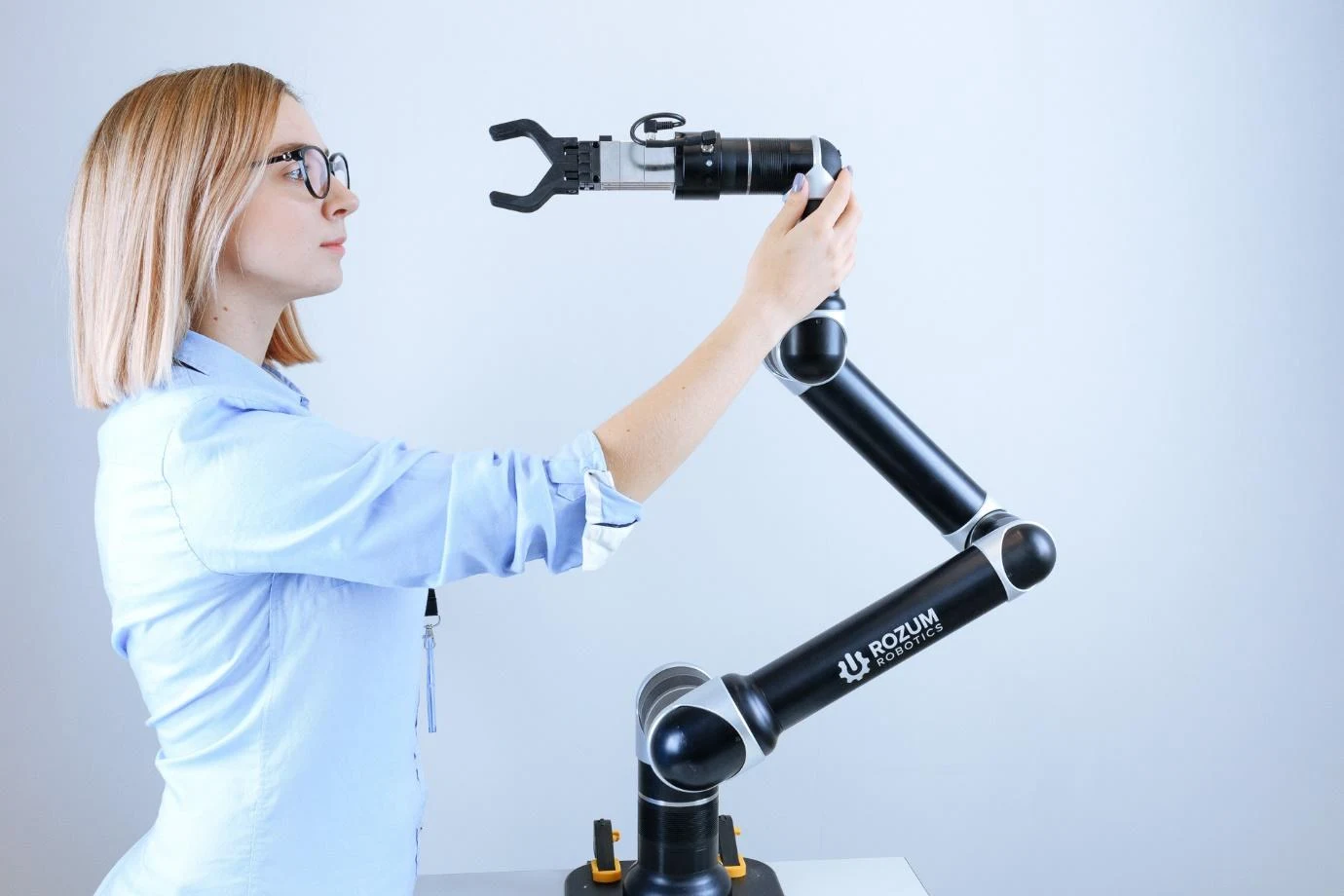Ad Code
Translate
List of 6,000+ Dofollow Commentluv Blogs FREE (Updated 2025)
January 16, 2025
What is Ozempic (semaglutide)? (Updated in 2025)
January 30, 2025
How To Find Suitable Properties In Cyprus? (Updated in 2025)
January 11, 2025
Smart strategies for trading on crypto exchanges
February 18, 2025
What Are Adaptive Robotics And How Do It Contribute To The Industry?
Khabza Mkhize
December 15, 2019
With the continuous progress in the field of robotics, we have now come to the idea of adaptive robots that can perform tasks more intelligently, with greater flexibility, and by following the safety precautions.
What brings us to the concept of Adaptive Robots?
It has been 60 years now that we are witnessing industrial robots assisting us in the automation of production tasks. However, these robots have their limitations in terms of safety, deployment, and scope. Let’s discuss each one here:- Safety: Most of the robots are developed to perform their defined tasks ignoring their surrounding environment. This made operators put these robots in a fence so that humans working around these robots stay safe.
- Deployment: Deployment of the robots always seems to be a tough task and requires engineers cognizant at programming these robots.
- Scope: These traditional robots are explicitly designed to perform limited sets of tasks that are related to position control and pre-defined trajectories.
To combat all these limitations, cobots (collaborative robots) were developed in the late 1990s. These cobots were able to tackle safety issues while being easy to deploy and simple to be programmed. Certainly, the use of cobots is in trend these days, but the concept of adaptive robots is still far from the capacity of cobots.
Factors that make Robots Adaptive
To make existing robots adaptive, two improvements are needed in their software and hardware. These improvements are related to:- Force Control
- Hierarchical Intelligence
- Force Control
Force control is an important aspect to consider in our daily activities. We determine how much pressure do we need to put on the button that needs to be pressed or on the mop that we handle to clean the floor.
Unfortunately, available robots do not possess a capable force control system. To make them force control efficient, experts are dealing with several challenges which include:
Redesigning of torque sensors and joint torque sensors to make them better in terms of cost and performance
Optimization of the joint assembly and servomotors to decrease the coupling effect and for the betterment of force control dynamics.
Execution of low-level joint torque control with optimal electronics and well-designed algorithms to achieve ultimate performance.
Developing a whole-body force control software framework that incorporates all these improvements and optimizations to avail the potential of a force control arm fully.
Making the robots force control efficient, we make them adaptive. But it is only the first step. To achieve a fully adaptive robot, we need to inculcate hierarchical intelligence in them too.
Hierarchical Intelligence
Hierarchical intelligence is the core concept of people’s daily activities. This means that for a robot to perform, it needs to know the ways to employ force control in connection with other information.The hierarchical intelligence system in a robot is responsible for classifying tasks as per the intelligence level. For instance, the lower level of intelligence may become responsible for controlling the basic movements of the arm and maintaining its stability. Whereas, the mid-level of intelligence carries out other motions, and the third or highest level caters cognitive tasks such as perceiving, understanding, and planning. Each layer works independently, and the lower level of intelligence cannot influence upper-level intelligence directly. However, the lower level of intelligence is guided and tuned by its direct upper level.
With the successful integration of these two systems, i.e., force control and hierarchical intelligence, we can create a fully adaptive robot.
Advantages of Adaptive Robots for the Industry
- Adaptive robots offer many advantages such as:
- Providing next level automation
- Improved performance
- Varied work scope
- Being cost-effective
- And nonetheless human-friendly
Featured Post
12 Prominent new technologies and trends emerging in 2025
Khabza Mkhize-
March 24, 2025
Sister Sites
Most Popular
List of 6,000+ Dofollow Commentluv Blogs FREE (Updated 2025)
January 16, 2025
Smart strategies for trading on crypto exchanges
February 18, 2025
Popular posts
List of 6,000+ Dofollow Commentluv Blogs FREE (Updated 2025)
January 16, 2025
Smart strategies for trading on crypto exchanges
February 18, 2025
Footer Menu Widget
Created By Blogspot Theme | Distributed By Gooyaabi Templates


0 Comments